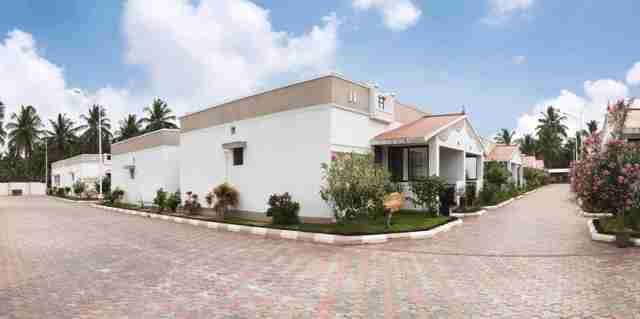The last few years have seen the proliferation of alternate asset classes in real estate. The pandemic has further hastened investments into this space as investors and developers looked to diversify and risk-proof their portfolios. Over the last three years, segments such as data centers, senior living, etc, have seen sharp upwards traction, with increased investor participation seen this year. During 2022, alternate assets saw investments of over USD400 million of investments accounting for about 11% share in the overall investment pie.
Data centres witnessing tremendous growth
Data centres are seamlessly expanding in the country as India has become ‘smarter’. The industry is witnessing robust growth driven by the increased adoption of smart devices, e-commerce, and cloud services. Over the last two years, data centers have received about USD10 bn of inflows from institutional investors and operators. The top DC operators have already announced investments worth INR75 billion (USD1.01 billion) over the next five years. During Union Budget 2022-23, data centers were given infrastructure status. As per the recent update, the government has conferred infrastructure status to data centers with more than a 5-megawatt capacity of IT load.
By 2025, India’s data center stock is likely to double to about 20 mn sq ft across the top cities and non-metro cities will also witness growth in demand for data storage. The next phase of growth will leverage technology to create intelligent, automated systems designed to increase efficiencies. Since real estate costs constitute only 20-25% of the total data center development costs, developers can partner with data center operators to develop data centers. Edge data centers will further support the sustainable transition of data centers through smaller footprint, and lower energy consumption. The emergence of edge computing will give a leg-up to edge deployments in the next 4-5 years. With innovations and heightened activity in the sector, India could become the focal point for global data centre business.
Steady, sustainable growth of Co-living spaces in post-pandemic-era
The Covid-19 pandemic opened new forms of living, working, and playing that have a strong short-term potential in metro-cities. Demand for fully furnished, managed co-living spaces on rentals, has increased multi-fold as the return to offices and colleges started picking up in the second half of 2021. The average monthly rent per bed in a managed co-living set-up in India has grown from INR 6,500 to INR 8,500 and ran with about 80-90% occupancy. The growth of new web technologies and start-ups scaling up in India’s Silicon Valley are driving the demand for co-living spaces visibly north of prior projections. The burgeoning millennial population, and migration to Tier-1 cities for employment opportunities, are further likely to drive demand in the next three years
The advent of Branded residences in India
Another emerging form of housing is branded residences. Branded residences are simply luxury residential properties associated with a brand. While Mumbai has a stronghold for luxury and branded residences, there is ample scope in Delhi NCR and Bengaluru led by the presence of technology companies and their soaring valuations, adding to the tally of India’s millionaires. Hotel-branded residences achieve a premium of ~30% compared to their non-branded counterparts. Hotel operators can earn royalty fees for their brand and have an avenue to gain more by providing various other services – housekeeping, food & beverage. Non-hotel brands, fashion brands and automotive brands have entered the branded residence space over the last few years. This concept is still emerging in India and is more suitable for metro cities across the country.
Senior living: the new self-sustained, self-dependent option for the elderly
In the last two decades in India, the changing social environment has created a void which developers are trying to fill through Senior Living. As per the industry, senior living is expected to reach 1.2 million homes by 2025. Experts believe that the government is yet to see a community catering to the end-to-end needs of senior citizens. Southern India has strong demand, followed by North India. The concept is yet to evolve in the Western and Eastern parts of the country. The senior living model if tweaked well, can generate much higher returns than the traditional forms of housing forthe elderly. Established and branded developers can always be sought after compared to a local player keeping not only the high-income groups in mind but making them feasible for the end-users across the spectrum.
Overall, while some segments are more poised than others, we will continue to see interest in alternate assets. A change in demographic habits, higher income levels and a more discerning taste among stakeholderswill lead to the constant evolution of the real estate sector in years to come.
Vimal Nadar, Head of Research, Colliers India






